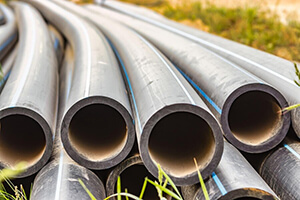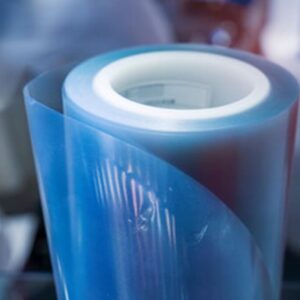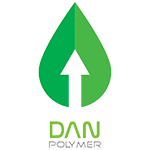Different polymers have different unique properties. To combine these unique properties of component polymers blending is an attractive means. There are a few methods to make polymer/polymer blends: solution blending, melt extrusion, in situ polymerization, among others. Compatibility usually plays a major role in the development of properties. The blends prepared by melt mixing of thermoplastic materials and rubbers have met industrial needs in recent years. Thermoplastic elastomeric materials have many important applications including cable and wire, especially in mineral, electronic equipment, and automobile industries. The most commonly used method of obtaining thermoplastic elastomer in materials is to toughen plastics by blending rubbers and plastics.
Among the most versatile polymer matrix, polyolefins such as polypropylene (PP) are the most widely used thermoplastic because of their well-balanced physical and mechanical properties and their easy processability at a relatively low cost which makes them a versatile material. PP has the disadvantage of becoming brittle at low temperatures, however, because of its high transition temperature and high crystallinity. The best way to improve its impact strength is to blend PP with elastomers particularly ethylene-propylene copolymers and terpolymers (EPM and EPDM, respectively).
Sometimes, the compatibilization of PP/EPDM blends has been the key issue to improve the properties of the blend. In order to improve properties and compatibility of PP/EPDM blends, ternary blends and composites are sometimes prepared from the PP/EPDM blends.
Mechanical Properties of PP/EPDM
With increasing cross-link density, a narrowing of EPDM domain size and an increase in the PP ligament thickness were observed. EPDM domain size is a very important factor for the mechanical properties of EPDM/PP TPV. Smaller EPDM domain provides higher strength and elongation. Tensile strength and tension set improves with higher cross-link density.
Application of PP/EPDM
The compound’s properties such as increased impact resistance and flexibility, as well as its low cost, make it widely used. Due to their unique properties, thermoplastic elastomers are suitable and attractive alternatives to conventional elastomers in many industries. This compound can be used for a variety of purposes, including:
- Automobile
- wire and cable

Due to polypropylene’s recyclability, the PP/EPDM compound market has grown significantly. In recent years, PP/EPDM compound has attracted the attention of automotive manufacturers for its high-impact resistance, low cost, and increased strength.
Advantages of PP/EPDM compound
- Increased impact resistance and flexibility
- High HDT temperature
- Excellent weather resistance
- Excellent UV resistance
- Excellent resistance to acids, bases, and polar solutions
Buy PP/EPDM compound
It is possible to produce PP/EPDM compound in different hardnesses according to the needs of the customer. It is common to use these compounds when making flexible and impact-resistant parts. If you would like to buy PP/EPDM compound or receive more technical information, contact the sales department.








